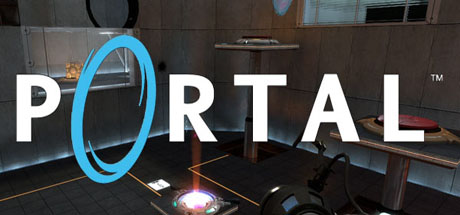Trigger: I went for another weekend to Boston. I was thinking about Artificial Intelligence and how I can make a simple Artificial Neural Network to learn some simple concept. How could I get in touch with someone that knows how to do that? I am in Boston after all, there are plenty of amazing colleges (MIT, Harvard blah blah) that have professors teaching this stuff. And as a matter of fact as I am walking around the streets of Boston, I am probably seeing them all around…except, I don’t know it.
The Problem: The big problem, I thought, was that no one knows anything about anyone on the streets. These are people that just come and go without giving you one bit of information (the look of a person is exception, which if you think about it is the prime way of meeting people online – pictures). At the same time, plenty of people that go past you in the grocery store are probably very interesting people with whom you can connect very well. The only way to find anything about strangers is to talk to them. But how do you know who to talk to? Should you act like a nuts job and talk to anyone?
The Idea: It would have been nice therefore to have a website where you can put specific information you are characterized with and information you are looking in other people. In my case I am looking for someone that is working with ANN. Once I setup those preferences I walk out to the open world. I carry a phone/watch/device that connects wirelessly to other such devices, checks the preferences of two people walking by each other and beeps if they match.

This way, I can walk around in CompUSA and meet ‘randomly’ a professor in ANN that was looking for a flat screen, he would probably be more than happy to talk about it, since he posted it on his profile for that specific reason. This taps into a totally new way of dating/meeting services, because it has the following very important advantages:
. . . (1) It is much more natural. There is a very big problem with dating sites: it’s the notion that if you are signing up on one, you are probably doing it out of despair b/c you have tried all your real life alternatives (or so you think). This moral underlying guilt prevents many people from using such services. But if you could meet someone in such a natural random way (on the street while shopping) then things look a whole lot different.
. . . (2) Confidentiality of information. There are many cases in which you want to make a piece of information available to the public but at the same time really only to certain people and not to others. Take a weird but true example – HIV positive person. He wants to find a date (most probably HIV positive too) so he has to state that fact and make it available to public. However it would have been nice if only the other HIV positive people new, rather than just about anyone that can exploit that information. Thus your device will only beep on the right occasions.
Difficulties: I discussed it for few days with Alek. We had the idea of making it work with cell phones because it will be easier to start the service. However, it turns out GPRS and bluetooth will not be a very likely option. Wifi could work if the area is fully covered, but again, I think cell phones are at a disadvantage. Also anything else that is more practical (a watch or a device specifically designed for the purpose) will be too expensive and will require investment and experience, neither of which we have. You got better ideas on execution, get in touch with me! You have that ready? I will definitely sign up!



